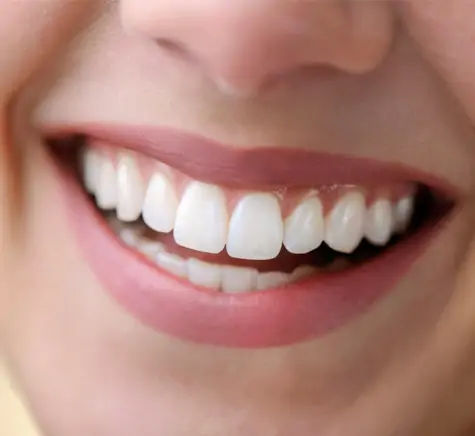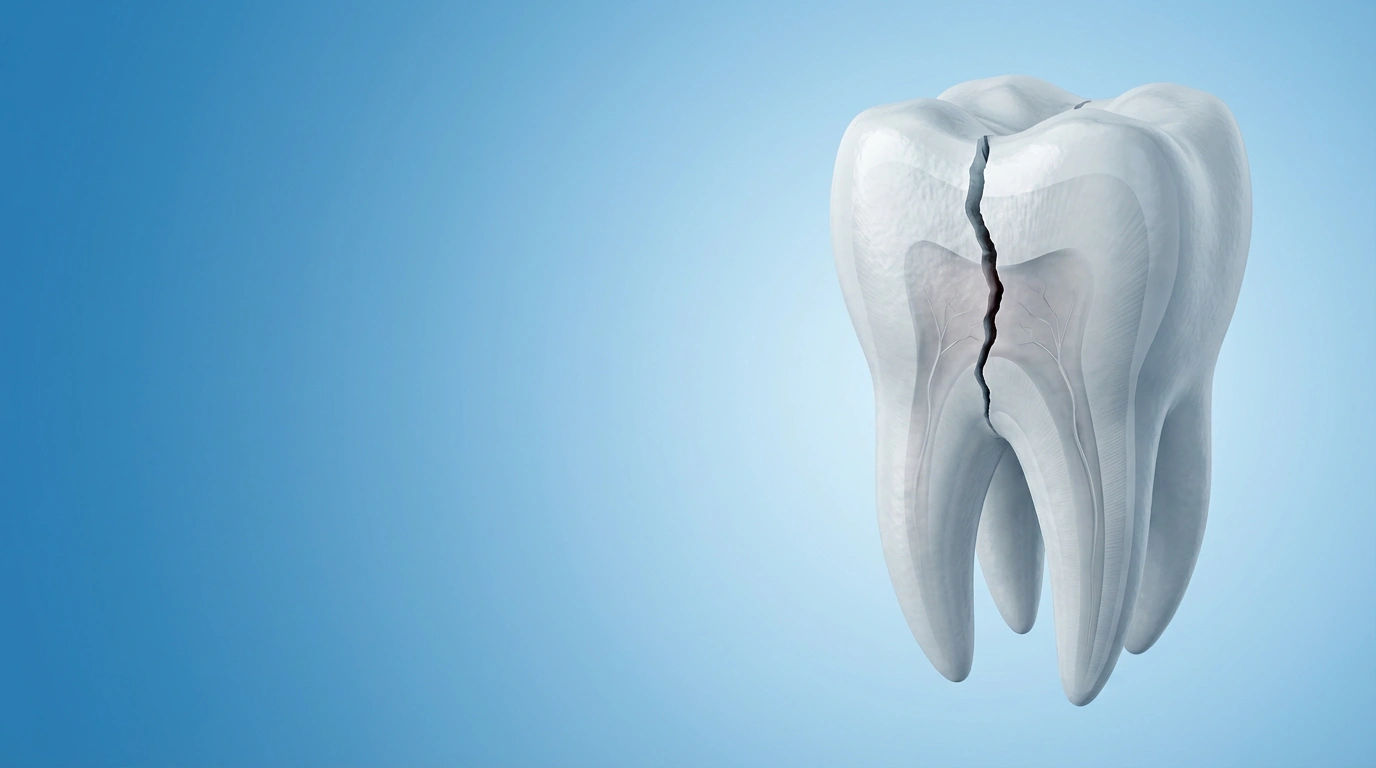Gum Disease: Causes, Symptoms, and Treatment Options

Introduction
In the realm of overall health and well-being, there's one often-neglected aspect that deserves our full attention: oral health. It's the gateway to our body's nutritional intake, a crucial component of communication, and a significant contributor to our confidence and self-esteem. Yet, amidst our busy lives, we sometimes forget that maintaining good oral health is not just about achieving a bright, winning smile. It's about safeguarding an essential part of our body—the gums.
1: Understanding Gum Disease
Gum disease, often referred to as periodontal disease, is a prevalent oral health issue that affects the gums and, if left untreated, can lead to serious consequences. It encompasses two main stages: gingivitis and periodontitis.
Gingivitis is the earliest and most common form of gum disease. It is typically characterized by redness, swelling, and bleeding of the gums, especially during brushing and flossing. At this stage, gum disease is still reversible with proper care and hygiene practices.
Periodontitis (pyorrhoea/ pyria/ pyora), on the other hand, is the advanced stage of gum disease. It occurs when gingivitis is left untreated and leads to the inflammation and infection of the deeper supporting structures of the teeth, including the bone. This can result in tooth loss and other complications.
Gum disease is not only a dental concern but also has systemic implications. Emerging research suggests a connection between gum disease and various health conditions, including heart disease, diabetes, and respiratory problems.
2: Causes of Gum Disease
Several risk factors increase the likelihood of developing gum disease. These include:
-Poor oral hygiene:
Inadequate brushing and flossing can allow plaque to build up.
- Smoking and tobacco use:
Tobacco use is a significant contributor to gum disease.
- Genetics:
Some individuals may be genetically predisposed to gum disease.
- Hormonal changes:
Hormonal fluctuations during pregnancy, menstruation, and menopause can make gums more susceptible to infection.
-Dietary habits:
A diet high in sugar and carbohydrates can promote plaque formation.
3: Symptoms of Gum Disease
Recognizing the symptoms of gum disease is essential for early diagnosis and treatment. Symptoms can vary depending on the stage of the disease:
Common symptoms of gingivitis include:
- Redness and swelling of the gums
- Bleeding during brushing or flossing
- Bad breath (halitosis)
- Tender or painful gums
As gum disease progresses to periodontitis ((pyorrhoea/ pyria/ pyora), symptoms may include:
- Deep pockets forming between teeth and gums
- Receding gums
- Loose or shifting teeth
- Pus between the teeth and gums
- Changes in the way teeth fit together when biting
4: Diagnosing Gum Disease
Diagnosing gum disease typically involves a dental examination. Dentists use several methods to determine the extent of the disease:
- Periodontal probing: Dentists measure the depth of the spaces (pockets) between the teeth and gums using a small dental instrument. Deeper pockets often indicate more severe gum disease.
X-rays:
These images can reveal the extent of bone loss, which is a common complication of gum disease.
Oral health history:
Your dentist may inquire about your oral hygiene practices, medical history, and any risk factors you may have.
Regular dental check-ups are essential for the early detection of gum disease, as it often progresses without noticeable symptoms until it reaches an advanced stage.
5: Preventive Measures
Preventing gum disease is far more manageable than treating it once it has developed. Here are some essential preventive measures:
Oral hygiene routines:
Brushing your teeth at least twice a day and flossing daily removes plaque and food particles from the teeth and gums.
Proper brushing and flossing techniques:
Consult your dentist to ensure you're using the correct techniques.
Dietary choices:
Limit sugary and starchy foods, which promote plaque formation. A diet rich in fruits, vegetables, and calcium is beneficial for gum health.
Smoking cessation:
Quitting smoking significantly reduces the risk of gum disease.
Regular dental check-ups and cleanings:
Routine visits to your dentist allow for the early detection of gum disease and professional cleanings remove plaque and tartar.
6: Gum Treatment Options
When gum disease is diagnosed, treatment is necessary to prevent further damage and improve oral health. Treatment options vary depending on the severity of the disease. Here, we'll explore the available treatments, starting with non-surgical approaches.
6.1: Non-Surgical Gum Treatments
Non-surgical gum treatments are typically the first line of defence against gum disease, particularly in the early stages. They include:
Scaling and Root Planning:
This deep cleaning procedure removes plaque and tartar from above and below the gumline. It also smoothes rough spots on the tooth roots to prevent further plaque buildup.
Benefits of non-surgical gum treatment:
Non-surgical treatments are less invasive, cost-effective, and often successful in managing gum disease, especially when it's caught early.
Post-treatment care and maintenance:
After non-surgical treatment, maintaining good oral hygiene practices at home and attending regular dental check-ups is crucial to prevent gum disease from returning.
Success rates and long-term outcomes: Non-surgical treatments have shown excellent results in controlling gum disease, but individual outcomes may vary depending on factors like overall health and adherence to post-treatment care.
6.2: Surgical Gum Treatments
In cases where gum disease has advanced and non-surgical treatments are insufficient, surgical procedures may be necessary. These include:
Gum Flap Surgery:
Also known as pocket reduction surgery, this procedure involves lifting the gums to remove tartar and bacteria from deeper pockets. The gums are then repositioned to fit snugly around the teeth.
Bone and Tissue Grafting:
If bone loss has occurred due to gum disease, grafting procedures can help regenerate lost bone and soft tissue, improving the stability of the teeth.
Pocket Reduction Surgery:
In cases where pockets are deep and difficult to clean, this surgical procedure reduces pocket depth, making it easier to maintain oral hygiene.
Cosmetic Procedures for Gum Recession:
Gum recession, often caused by gum disease, can lead to exposed tooth roots and aesthetic concerns. Cosmetic procedures can help restore a more pleasing gum line.
Surgical gum treatments are typically performed by periodontal specialists and require careful consideration of individual patient needs.
7: Laser Therapy for Gum Disease
Laser therapy has emerged as an innovative approach to treating gum disease. It offers several advantages over traditional treatments:
Precision:
Lasers can target and remove infected tissue with remarkable precision, minimizing damage to healthy tissue.
Less discomfort:
Laser therapy often results in less pain and discomfort compared to traditional surgery.
Reduced bleeding:
Lasers seal blood vessels as they work, leading to less bleeding during and after the procedure.
Faster healing:
The targeted nature of laser therapy can lead to quicker recovery times.
Laser therapy is a valuable option for many patients, but its suitability depends on the extent and severity of the gum disease.
8: Home Care for Gum Health
Maintaining gum health at home is vital in preventing gum disease and supporting treatment outcomes. Here are some key tips:
Oral hygiene routines:
Brush and floss consistently to remove plaque and prevent its buildup.
Choosing the right toothbrush and toothpaste:
Consult your dentist for recommendations on toothbrushes and toothpaste that best suit your needs.
Interdental cleaning tools:
Dental floss and interdental brushes help clean between teeth and along the gumline, where plaque often accumulates.
Oral rinses:
Certain mouthwashes can help reduce bacteria and support gum health.
By incorporating these practices into your daily routine, you can contribute significantly to the health of your gums.
9: When to See a Dentist
Knowing when to seek professional dental care is crucial for addressing gum disease promptly. You should consult a dentist if you experience:
Persistent bleeding gums:
Even if it's minor, regular bleeding during brushing or flossing is not normal.
Swelling, redness, or pain in the gums:
These symptoms may indicate gum inflammation.
Changes in tooth alignment or spacing:
Shifting teeth can be a sign of advanced gum disease.
Pus between teeth and gums:
This is a clear sign of infection.
Persistent bad breath:
Chronic halitosis can be related to gum disease.
10: Conclusion
In conclusion, gum disease is a common and serious oral health issue that can have far-reaching effects on your overall well-being. It's caused by plaque buildup, worsened by various risk factors, and can manifest through symptoms like bleeding gums and bad breath.
Early diagnosis and treatment are keys to managing gum disease effectively. Non-surgical treatments like scaling and root planning are often the first step, while surgical options may be necessary for advanced cases. Laser therapy is an innovative alternative with several benefits.
Prevention is always preferable to treatment. By practicing good oral hygiene, making healthy dietary choices, quitting smoking, and attending regular dental check-ups, you can reduce your risk of gum disease.
Remember that your oral health is closely linked to your overall health, so taking care of your gums is an essential part of maintaining your well-being. If you notice any signs of gum disease or haven't had a dental check-up in a while, don't hesitate to schedule an appointment with your dentist. They can provide personalized guidance and gum treatment options to help you maintain healthy gums and a beautiful smile.
- A-3, Natraj Nagar near Imli Phatak, Jaipur-302015
- +91 9945826926
- contact@amddentalclinic.com

Is a Dental Implant the Only Option for Replacing a Missing Tooth?
Discover alternatives to dental implants for missing teeth! Explore expert insights from Dr. Mili Gupta at AMD Dental Clinic. Read now to learn more!

Why Dentists Recommend Dental Implants Over Bridges & Dentures | Expert Guide by a Prosthodontist in Jaipur
Discover why dental implants are preferred over bridges & dentures. Learn expert insights from Dr. Mili Gupta at AMD Dental Clinic, Jaipur. Read now!

Why Tooth Fractures Are Rising: A Modern Dental Concern You Shouldn’t Ignore
Discover why tooth fractures are increasing and how AMD Dental Clinic can help protect your smile. Learn causes, prevention tips, and expert solutions today!

